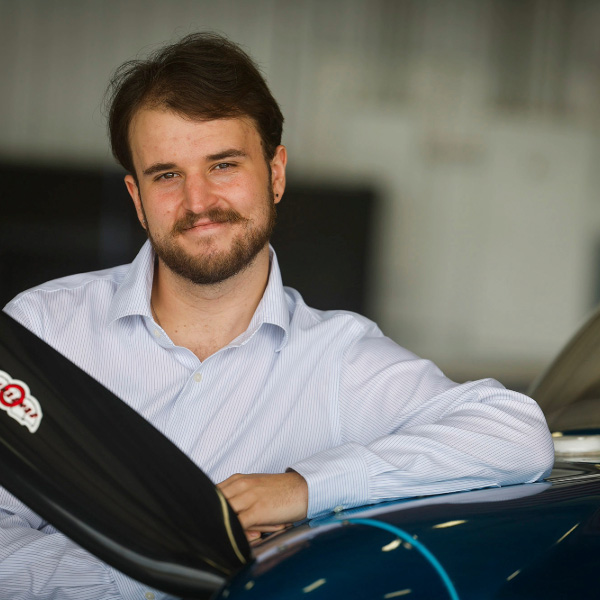Draco gets a 'mind' of its own
STOL beast will monitor pilot, take over if needed
Draco Aircraft, the Poland-based company working to bring Mike Patey's Draco into production, announced a partnership with another European company, the developer of a system that monitors a human pilot's performance—and will be prepared to take over.
The collaboration with Mindset Technologies AG, headquartered in Hergiswil, Switzerland, was announced June 26, the second major product development move by Draco Aircraft, following the engine upgrade announced in February.
According to the June 26 press release, the two companies want to take that human-machine collaboration a significant step further, “to link the fully digital capabilities of Mindset Technologies with Draco’s flight control system in such a way that, in case of emergency, the aircraft can land autonomously, without external help.”
Those capabilities were recently introduced to the Cirrus SR series piston aircraft, with the recent arrival of what Cirrus calls “Safe Return,” an implementation of Garmin’s Autoland system.
With an anticipated takeoff roll of just 100 feet and landing roll of 80 feet, Draco could become one of the first certified production STOL aircraft to include autonomous landing features—and the first general aviation aircraft equipped with an automated landing system not made by Garmin.
Mindset’s EPPS began not with aircraft control, but as a performance monitor. Where Garmin Autoland requires triggers such as a button press, or a long period of time without pilot input, EPPS actively monitors and alerts pilots to signs of unsafe conditions, like pilot fatigue.
“Mindset Technologies is proud to provide capabilities for intelligently measuring a [pilot's state] for safety and performance,” Mindset Technologies CEO Aladár Tepelea said in the news release. “This can be lifesaving. Cooperating with an innovative [manufacturer] such as Draco Aircraft will enable us to expand the value which our technology can deliver, even further.”
The airframe is far from new, with over a thousand PZL-104 Wilga—the original airframe Patey chose for the turbine upgrade—built since 1962. It didn’t gain nationwide attention in the United States until Patey’s Draco turned heads at EAA AirVenture Oshkosh in Wisconsin in 2018, then won that year’s High Sierra Fly-In STOL Drag Race.
Draco will cost an estimated $2.9 million, and the first deliveries are still anticipated for 2028. Draco marks the first production aircraft and flagship “HyperSTOL” for Draco Aircraft, a venture started back in 2023 to bring Patey’s design to production.




